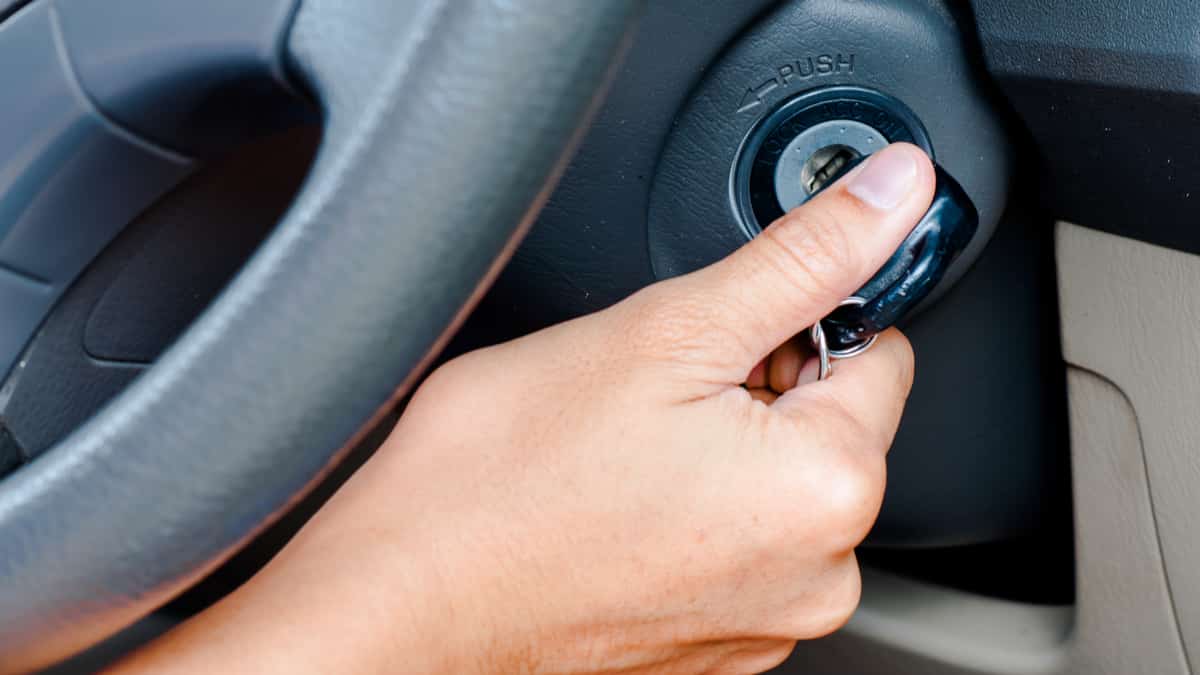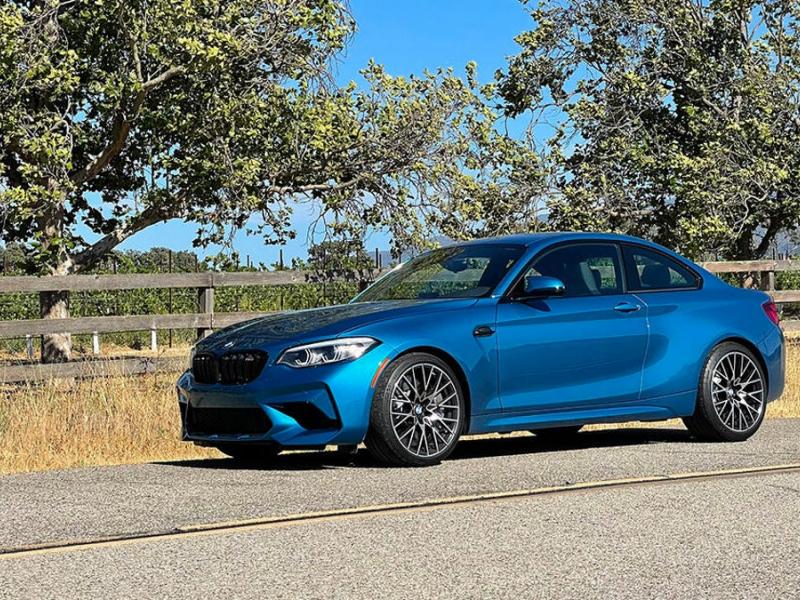How to Repair Car Engine Cranks But Wont Start
Wed, 01/25/2012 - 00:48
Fast cranking or spinning of the engine, but no starting. If the car shows signs of life, like strong headlights, horn, dash lights and gauges, and the engine cranks fast but does not start at all, we know that the battery and starter motor are functioning. What we do not know at this point is why the engine is not starting, which could be due to a host of different reasons. Due to the vast array of possibilities, it would be prudent to call on the professionals for help. But if you want to look further by yourself, you would want to check the following: that there is gas in your tank; that the fuse for the fuel pump is not blown (refer to the owner’s manual). Also check to see if your car has a fuel cutoff switch in the trunk (Ford/Mercury products). This switch is a circuit breaker that “pops” if the car is in an accident, so as not to continue to pump fuel and “fuel the fire.” These switches sometimes pop if the car is tapped by another car, which can happen while driving or even when the car is parked.
The engine cranking but not starting can be caused by a condition known as “no spark.” This is when the spark plugs are not receiving spark from the ignition system. To determine whether or not your spark plugs are receiving the necessary spark needed to start your engine, follow this procedure:
- Locate any of the ignition wires going from the distributor to the spark plugs.
- Slowly twist and pull the ignition wire boot off any spark plug.
- Insert a screwdriver into the boot end, contacting the metal clip in the boot with the end of the screwdriver.
- Hold the plastic or wood screwdriver handle and place the metal shaft of the screwdriver about one-quarter inch away from any metal part of the engine.
- Have someone else try to start the engine while you look for a spark to jump (bridge) from the screwdriver to the engine. Caution: The ignition coil produces high voltage, which will jolt you if you come in contact with the shaft of the screwdriver or the spark. Use extreme caution when performing this procedure and also be aware of other moving parts in the engine compartment during this procedure. Beware: Do not attempt this procedure on newer ignition systems, as it could damage both the system and the person.

[{"target_id":"256343","alt":null,"title":null,"width":"1200","height":"675","url":"\/sites\/default\/files\/articles-images\/3c\/Car-Engine-Cranks-But-Wont-Start.jpg"}]




